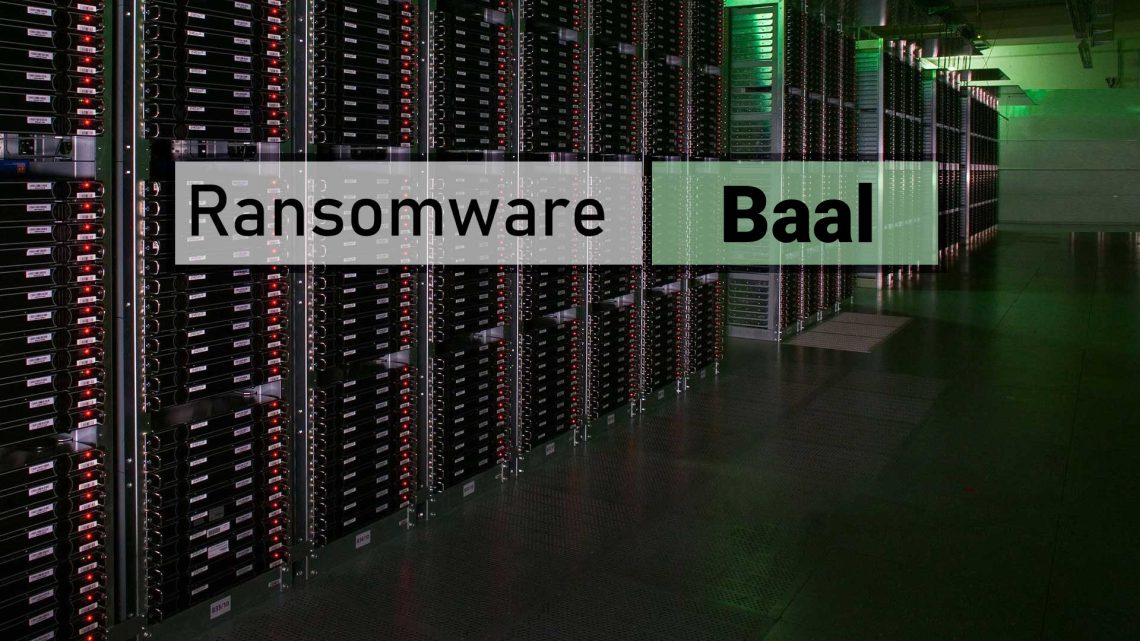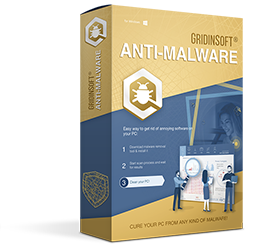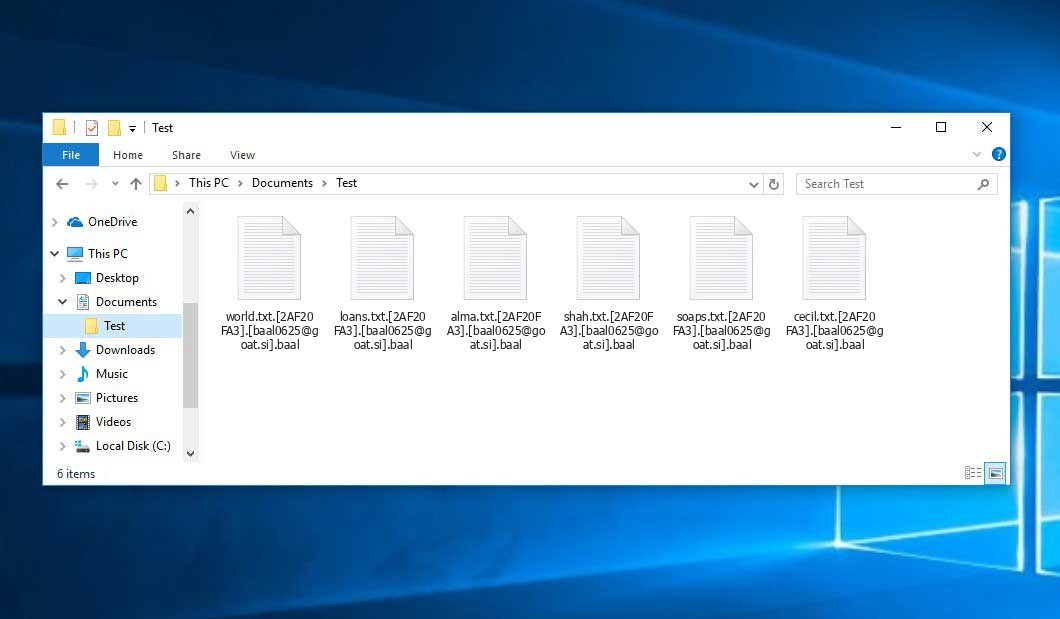Malware analyst Tomas Meskauskas was the person who, for the first time, revealed the Baal virus, which falls under the Makop ransomware family. A harmful program of this type encrypts all the data on your PC (images, text files, excel tables, music, videos, etc) and adds its specific extension to every file, leaving the readme-warning.txt files in each directory with the encrypted files.
Baal virus: what is known so far?
☝️ A scientifically correct designation for the Baal would be “a Makop family ransomware-type infection”.
The renaming will be executed according to the following pattern: .baal. In the process of encryption, a file named, for instance, “report.docx” will be changed to “report.docx.[2AF20FA3].[[email protected]].baal”.
In each directory with the encoded files, a readme-warning.txt text document will appear. It is a ransom money memo. Therein you can find information on the ways of paying the ransom and some other remarks. The ransom note usually contains instructions on how to buy the decryption tool from the racketeers. You can get this decryptor after contacting [email protected], [email protected] via email. That is pretty much the scheme of the crime.
Baal abstract:
| Name | Baal Virus |
| Ransomware family1 | Makop ransomware |
| Extension | .baal |
| Ransomware note | readme-warning.txt |
| Contact | [email protected], [email protected] |
| Detection | Win32:TrojanX-gen [Trj], Trojan.StrabRI.S27736879, Win32/Spy.Swisyn.GY |
| Symptoms | Your files (photos, videos, documents) have a .baal extension and you can’t open them. |
| Fix Tool | See If Your System Has Been Affected by Baal virus |
The readme-warning.txt file accompanying the Baal ransomware states the following:
::: Greetings ::: Little FAQ: .1. Q: Whats Happen? A: Your files have been encrypted and now have the \"baal\" extension. The file structure was not damaged, we did everything possible so that this could not happen. .2. Q: How to recover files? A: If you wish to decrypt your files you will need to pay in bitcoins. .3. Q: What about guarantees? A: Its just a business. We absolutely do not care about you and your deals, except getting benefits. If we do not do our work and liabilities - nobody will cooperate with us. Its not in our interests. To check the ability of returning files, you can send to us any 2 files with SIMPLE extensions(jpg,xls,doc, etc... not databases!) and low sizes(max 1 mb), we will decrypt them and send back to you. That is our guarantee. .4. Q: How to contact with you? A: You can write us to our mailbox: [email protected] or [email protected] .5. Q: How will the decryption process proceed after payment? A: After payment we will send to you our scanner-decoder program and detailed instructions for use. With this program you will be able to decrypt all your encrypted files. .6. Q: If I don’t want to pay bad people like you? A: If you will not cooperate with our service - for us, its does not matter. But you will lose your time and data, cause only we have the private key. In practice - time is much more valuable than money. :::BEWARE::: DON\'T try to change encrypted files by yourself! If you will try to use any third party software for restoring your data or antivirus solutions - please make a backup for all encrypted files! Any changes in encrypted files may entail damage of the private key and, as result, the loss all data.
In the screenshot below, you can see what a folder with files encrypted by the Baal looks like. Each filename has the “.baal” extension added to it.
How did my machine catch Baal ransomware?
There is a huge number of possible ways of ransomware infiltration.
There are currently three most popular methods for malefactors to have the Baal virus acting in your digital environment. These are email spam, Trojan introduction and peer-to-peer networks.
If you open your mailbox and see letters that look just like notifications from utility services companies, delivery agencies like FedEx, Internet providers, and whatnot, but whose addresser is strange to you, beware of opening those letters. They are very likely to have a ransomware item enclosed in them. Thus it is even more dangerous to download any attachments that come with letters like these.
Another option for ransom hunters is a Trojan virus model2. A Trojan is a program that infiltrates into your machine pretending to be something legal. For example, you download an installer for some program you need or an update for some software. However, what is unpacked turns out to be a harmful program that corrupts your data. As the installation file can have any name and any icon, you have to make sure that you can trust the source of the things you’re downloading. The optimal way is to use the software companies’ official websites.
As for the peer file transfer protocols like torrent trackers or eMule, the danger is that they are even more trust-based than the rest of the Web. You can never guess what you download until you get it. Our suggestion is that you use trustworthy websites. Also, it is reasonable to scan the folder containing the downloaded items with the anti-malware utility as soon as the downloading is done.
How to remove the Baal virus?
It is important to inform you that besides encrypting your files, the Baal virus will probably install the Azorult Spyware on your PC to get access to credentials to various accounts (including cryptocurrency wallets). That spyware3 can extract your logins and passwords from your browser’s auto-filling cardfile.
Often criminals would unblock some of your files so you know that they really have the decryption program. Since Baal virus is a relatively new ransomware, anti-malware engineers have not yet found a method to reverse its work. Nevertheless, the decryption tools are frequently updated, so the effective countermeasure may soon arrive.
Of course, if the malefactors succeed in encoding someone’s critical files, the desperate person will probably fulfill their demands. Despite that, paying a ransom gives no guarantee that you’re getting your data back. It is still dangerous. After getting the money, the racketeers may send a wrong decryption key to the victim. There were reports of ransomware developers just disappearing after getting the ransom without even writing back.
The optimal solution against ransomware is to have a system restore point or the copies of your essential files in the cloud disk or at least on an external drive. Obviously, that might be not enough. The most crucial thing could be that file you were working on when it all started. Nevertheless, it is something. It is also wise to scan your PC for viruses with the antivirus program after the system is rolled back.
There are other ransomware products, besides Baal, that work similarly. Examples of those are Bbyy, Bbzz, Bnrs, and some others. The two major differences between them and the Baal are the ransom amount and the encoding method. The rest is almost identical: documents become encoded, their extensions changed, ransom notes are created in each folder containing encoded files.
Some lucky users were able to decode the blocked files with the help of the free software provided by anti-malware developers. Sometimes the racketeers mistakenly send the decoding key to the victims in the ransom note. Such an extraordinary fail allows the injured part to restore the files. But of course, one should never rely on such a chance. Make no mistake, ransomware is a bandits’ instrument to pull the money out of their victims.
How сan I avert ransomware attack?
Baal ransomware has no superpower, neither does any similar malware.
You can armour yourself from its attack taking several easy steps:
- Never open any emails from unknown mailers with strange addresses, or with content that has likely no connection to something you are expecting (how can you win in a lottery without participating in it?). In case the email subject is more or less something you are waiting for, check all elements of the dubious letter carefully. A hoax letter will always contain mistakes.
- Do not use cracked or unknown software. Trojans are often spreaded as a part of cracked software, most likely as a “patch” preventing the license check. Understandably, potentially dangerous programs are difficult to distinguish from reliable software, because trojans may also have the functionality you seek. You can try to find information on this program on the anti-malware message boards, but the best solution is not to use such programs at all.
- And finally, to be sure about the safety of the files you downloaded, scan them with GridinSoft Anti-Malware. This software will be a powerful defense for your PC.
Reasons why I would recommend GridinSoft4
There is no better way to recognize, remove and prevent ransomware than to use an anti-malware software from GridinSoft5.
Download Removal Tool.
You can download GridinSoft Anti-Malware by clicking the button below:
Run the setup file.
When setup file has finished downloading, double-click on the setup-antimalware-fix.exe file to install GridinSoft Anti-Malware on your system.
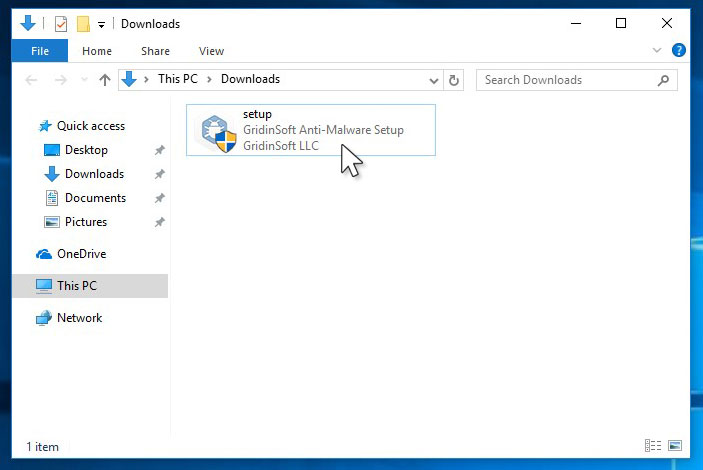
An User Account Control asking you about to allow GridinSoft Anti-Malware to make changes to your device. So, you should click “Yes” to continue with the installation.
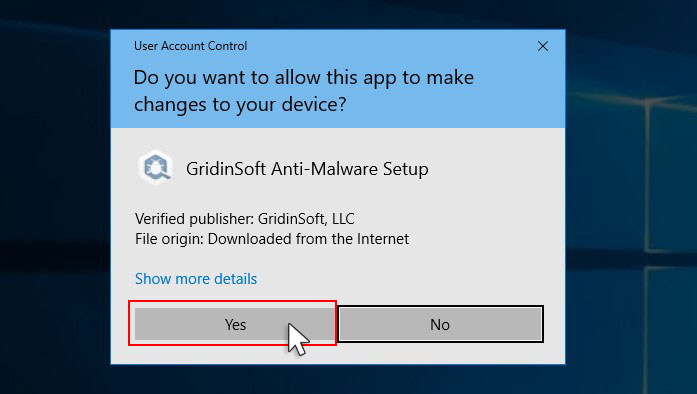
Press “Install” button.

Once installed, Anti-Malware will automatically run.
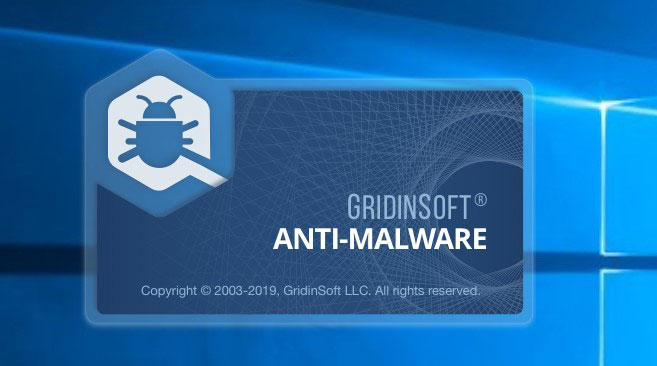
Wait for the Anti-Malware scan to complete.
GridinSoft Anti-Malware will automatically start scanning your system for Baal infections and other malicious programs. This process can take a 20-30 minutes, so I suggest you periodically check on the status of the scan process.
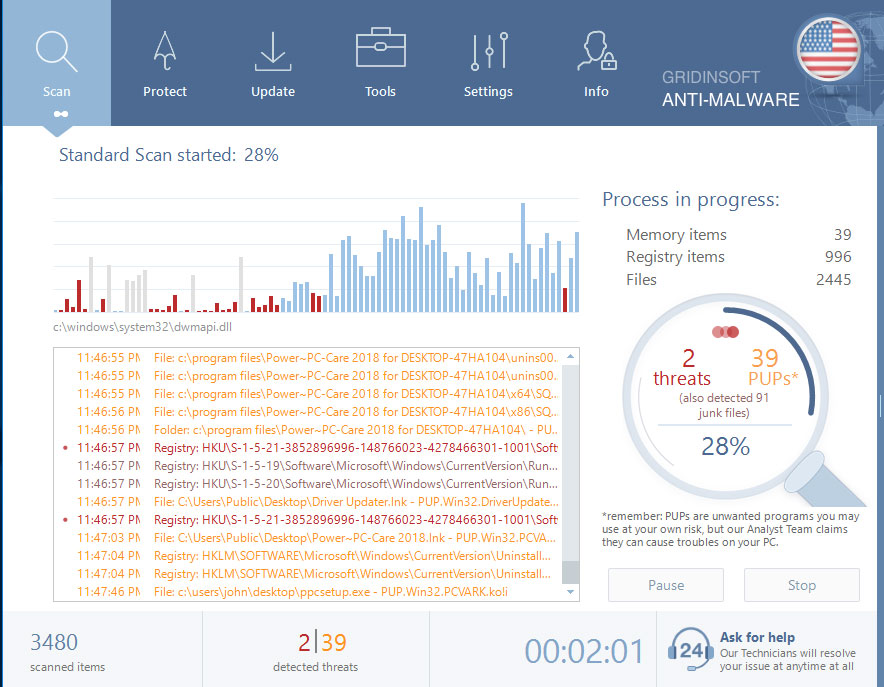
Click on “Clean Now”.
When the scan has finished, you will see the list of infections that GridinSoft Anti-Malware has detected. To remove them click on the “Clean Now” button in right corner.
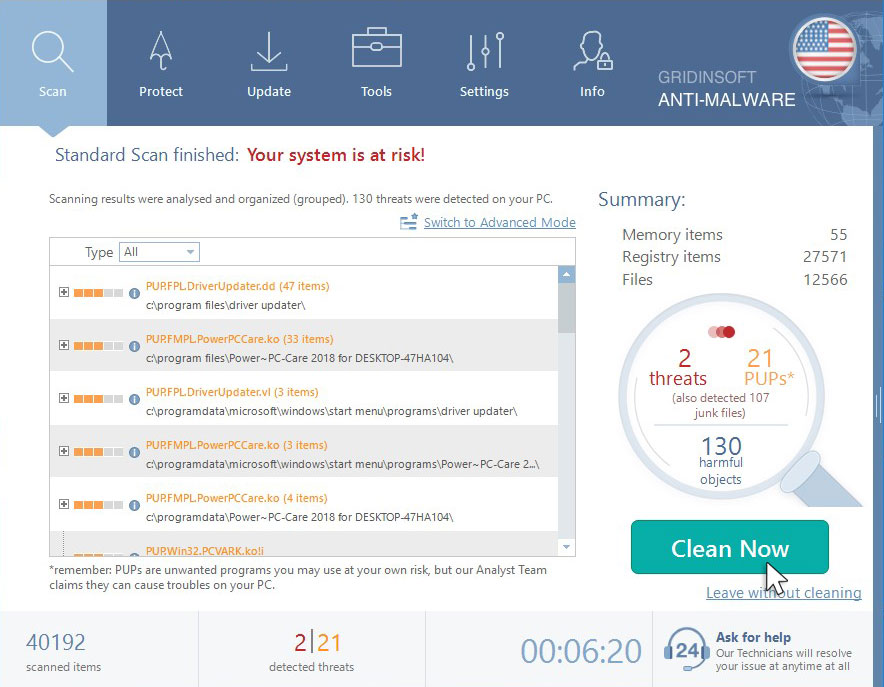
Frequently Asked Questions
🤔 Is it possible to open “.baal” files?
Unfortunately, no. You need to decipher the “.baal” files first. Then you will be able to open them.
🤔 I really need to decrypt those “.baal” files ASAP. How can I do that?
If the “.baal” files contain some really important information, then you probably have them backed up. Otherwise, you might try to employ System Restore. The only question is whether you have saved any Restore Points that would be helpful now. The rest of the methods require patience.
🤔 You have advised using GridinSoft Anti-Malware to get rid of the Baal virus. Does it mean that all my files, currently encrypted, will be removed too?
No way! Your encrypted files are no threat to your PC.
GridinSoft Anti-Malware only deals with actual viruses. The ransomware that has infiltrated your PC is must be still functional and it scans your system every so often to arrest any new files you might create on your PC after the infection. As it has already been said, the Baal ransomware comes with the company. It installs backdoors and keyloggers that can steal your account credentials and provide criminals with easy access to your computer after some time.
🤔 What should I do if the Baal ransomware has blocked my PC and I can’t get the activation code.
If that happened, you need to prepare a memory stick with a pre-installed Trojan Killer. Use Safe Mode to perform the procedure. The point is that the ransomware starts automatically as the system launches and encodes any new files created or imported into your machine. To block this function – use Safe Mode, which allows only the essential applications to run automatically. Consider reading our manual on running Windows in Safe Mode.
🤔 And what should I do now?
Many of the encoded files might still be within your reach
- If you sent or received your important files by email, you could still download them from your online mailbox.
- You might have shared photographs or videos with your friends or family members. Just ask them to give those images back to you.
- If you have initially got any of your files from the Internet, you can try downloading them again.
- Your messengers, social media pages, and cloud disks might have all those files as well.
- It might be that you still have the needed files on your old computer, a portable device, phone, external storage, etc.
HINT: You can use data recovery utilities6 to get your lost data back since ransomware encodes the copies of your files, removing the original ones. In the tutorial below, you can see how to recover your files with PhotoRec, but be advised: you won’t be able to do it before you kill the ransomware itself with an anti-malware program.
Also, you can contact the following official fraud and scam sites to report this attack:
- In the United States: On Guard Online;
- In Canada: Canadian Anti-Fraud Centre;
- In the United Kingdom: Action Fraud;
- In Australia: SCAMwatch;
- In New Zealand: Consumer Affairs Scams;
- In France: Agence nationale de la sécurité des systèmes d’information;
- In Germany: Bundesamt für Sicherheit in der Informationstechnik;
- In Ireland: An Garda Síochána;
To report the attack, you can contact local executive boards. For instance, if you live in USA, you can have a talk with FBI Local field office, IC3 or Secret Service.
I need your help to share this article.
It is your turn to help other people. I have written this article to help users like you. You can use the buttons below to share this on your favorite social media Facebook, Twitter, or Reddit.
Brendan SmithHow to Remove BAAL Ransomware & Recover PC
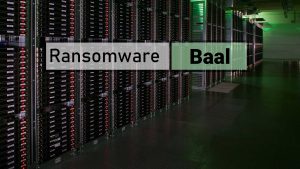
Name: BAAL Virus
Description: BAAL Virus is a ransomware-type infections. This virus encrypts important personal files (video, photos, documents). The encrypted files can be tracked by a specific .baal extension. So, you can't use them at all.
Operating System: Windows
Application Category: Virus
User Review
( votes)References
- My files are encrypted by ransomware, what should I do now?
- You can read more on Trojans, their use and types in the Trojan-dedicated section of GridinSoft official website.
- You can read more on spyware variants and nature in the respective section of GridinSoft official website.
- GridinSoft Anti-Malware Review from HowToFix site: https://howtofix.guide/gridinsoft-anti-malware/
- More information about GridinSoft products: https://gridinsoft.com/comparison
- Here’s the list of Best Data Recovery Software Of 2023.

